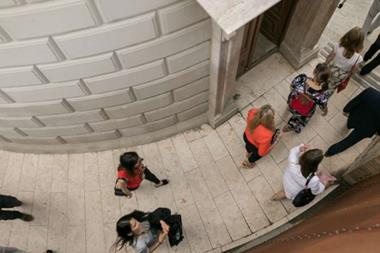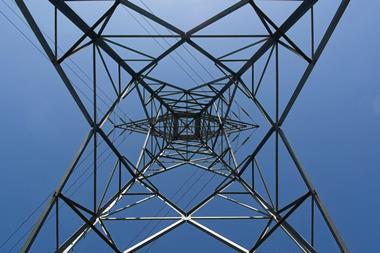The EU’s Sustainable Finance Disclosure Regime (SFDR) could have the unintended consequence of diverting capital away from real estate investments that make the most positive environmental impact and even encourage ‘greenwashing’, according to a report published today.
Research by INREV suggests sustainable real estate funds are avoiding Article 9 categorisation – SFDR’s highest designation – so they do not fall foul of the rules, but risk missing out on capital that might otherwise allocate to them.
The real estate association argues that, because the SFDR framework was designed to capture a ‘snapshot’ of the sustainability of investments, in real estate it “unintentionally signals investment towards new construction” rather than existing assets where greater impact can be made.
The report, Falling through the cracks: SFDR’s impact on real estate investment, also criticises the fact that embodied carbon is not considered by SFDR and therefore is often not measured or reported.
“Worse still, it fails to promote the transformation of existing real estate, which is crucial to the pathway to net zero and to a just transition in terms of reducing inequalities of both wealth and opportunity,” it says.
The report has been released after a growing number of funds categorised as Article 9 have been downgraded ahead of the introduction of SFDR’s Level 2 regulatory technical standards this month.
Real estate fund managers in particular have been grappling with what investment strategies are eligible under SFDR’s ‘light green’ Article 8 and ‘dark green’ Article 9 designations.
A year ago, the European Securities and Markets Authority (ESMA) clarified to INREV that a fund that aims to make a positive environmental impact by acquiring and then improving the sustainability of existing property assets would not meet Article 9 requirements. It said a fund would only meet Article 9 requirements once all the assets had been made sustainable.
Today’s report says this clarification by ESMA has “led institutional real estate investors and managers to identify Article 8 as the appropriate disclosure standard for sustainable activity in real estate”.
Meanwhile, funds consisting of newly constructed assets might find it easier to meet the criteria for Article 9, even though SFDR is effectively ignoring the embodied carbon implicit in their portfolios.
“By ignoring embodied carbon, SFDR creates an uneven playing field that encourages unnecessary new development, accelerates building obsolescence with a risk of urban decay and results in spiking embodied carbon in the short to medium term,” INREV warns.
“This mis-signalling stems from a lack of alignment between the issues most pertinent to the just transition of real estate and the criteria underlying the disclosure categories.”
A survey of INREV members found that some investors were concerned about real estate funds being marketed as Article 9 funds. “They consider the product’s risk of re-rating to be high, which could destabilise the fund if co-investors used it as an opportunity to exit or change other terms in the future,” the report says.
Jeff Rupp, director of public affairs at INREV, told IPE Real Assets that it was important to communicate to investors – and their beneficiaries, such as policyholders and pension fund members – that substantial efforts were being made to decarbonise real estate and improve sustainability under the guise of Article 8. “This is why it’s important,” he said. “Article 8 is not inferior to Article 9.”
But Rupp also said there was a danger that the situation could deter multi-asset investors that were focused on Article 9 investments from allocating to real estate.
He said: “Would asset allocators in a multi-asset portfolio just say real estate’s too complicated, [that] we want to be an Article 9 investor so we’re not going to invest in real estate?”






















